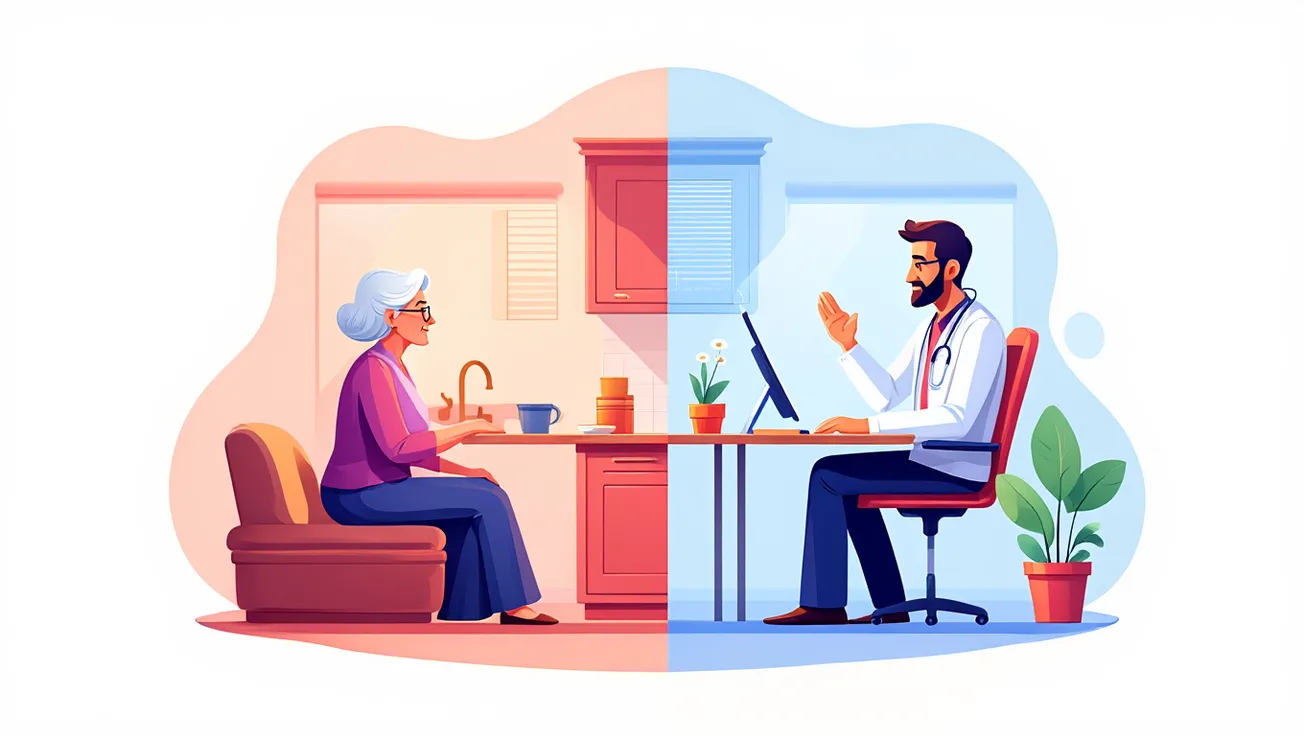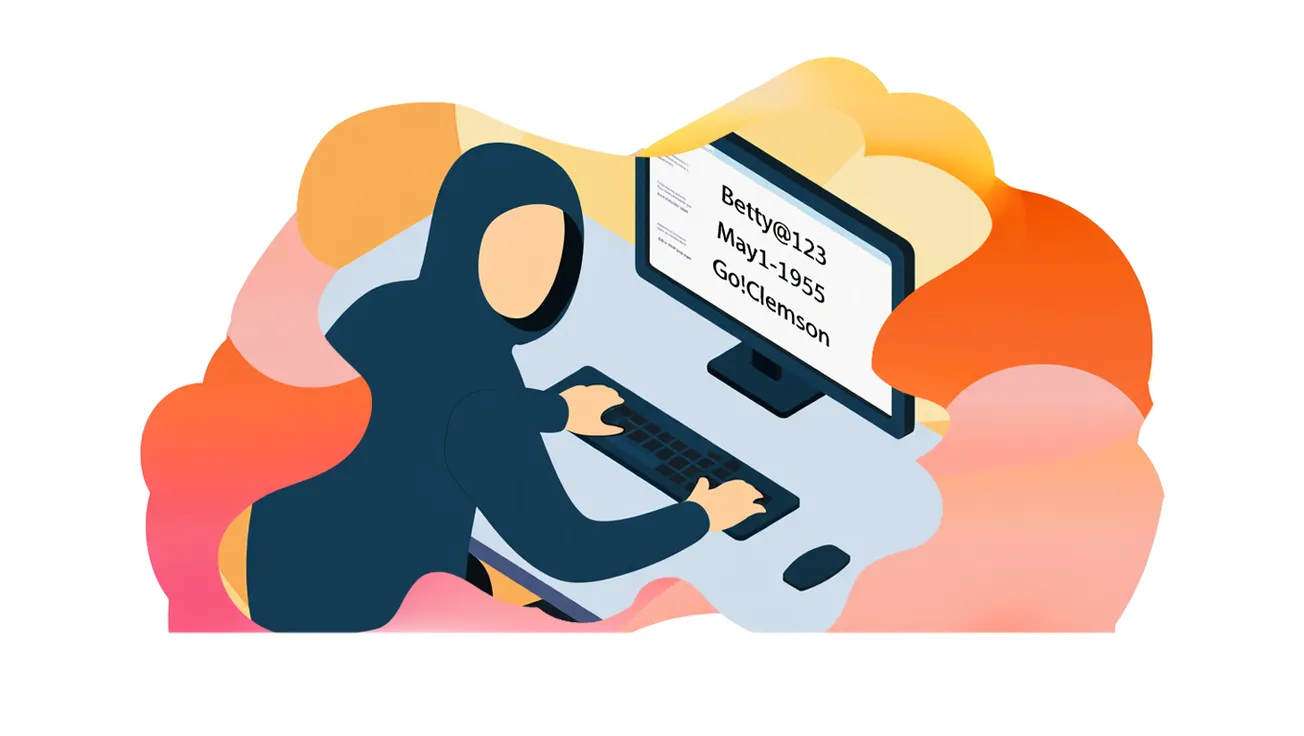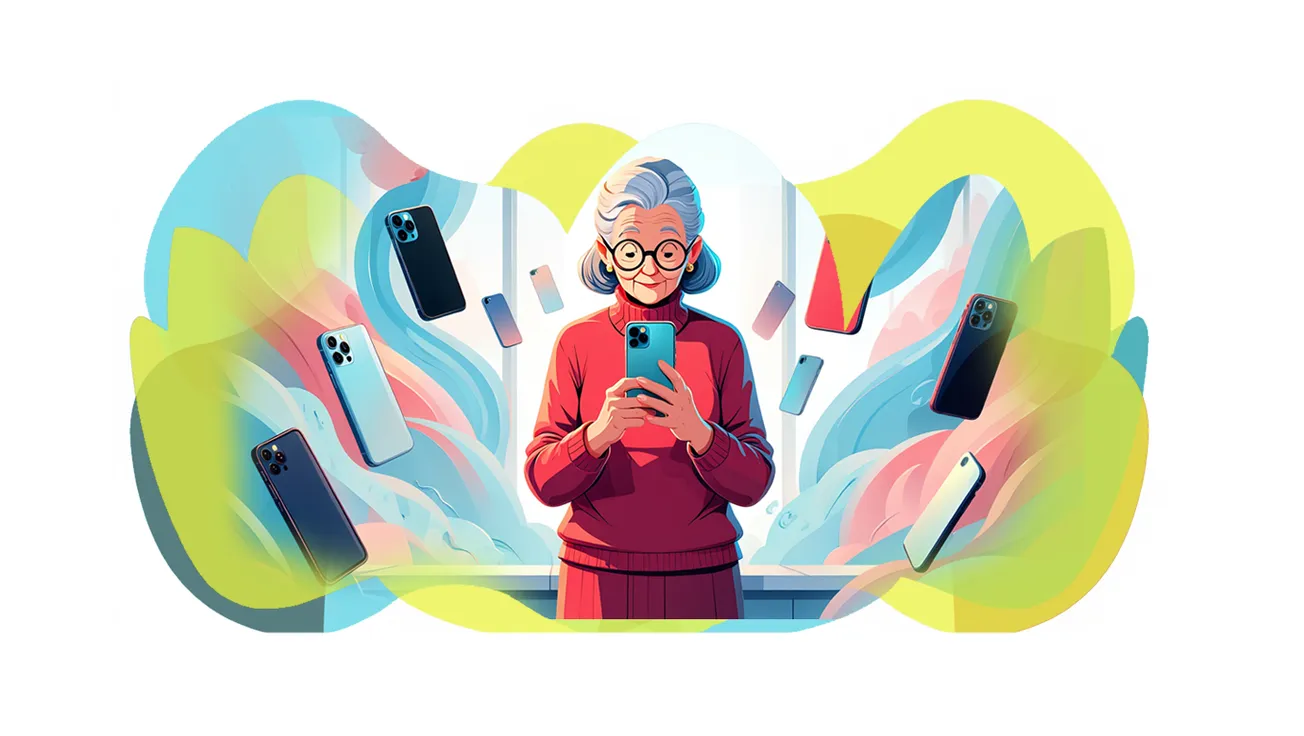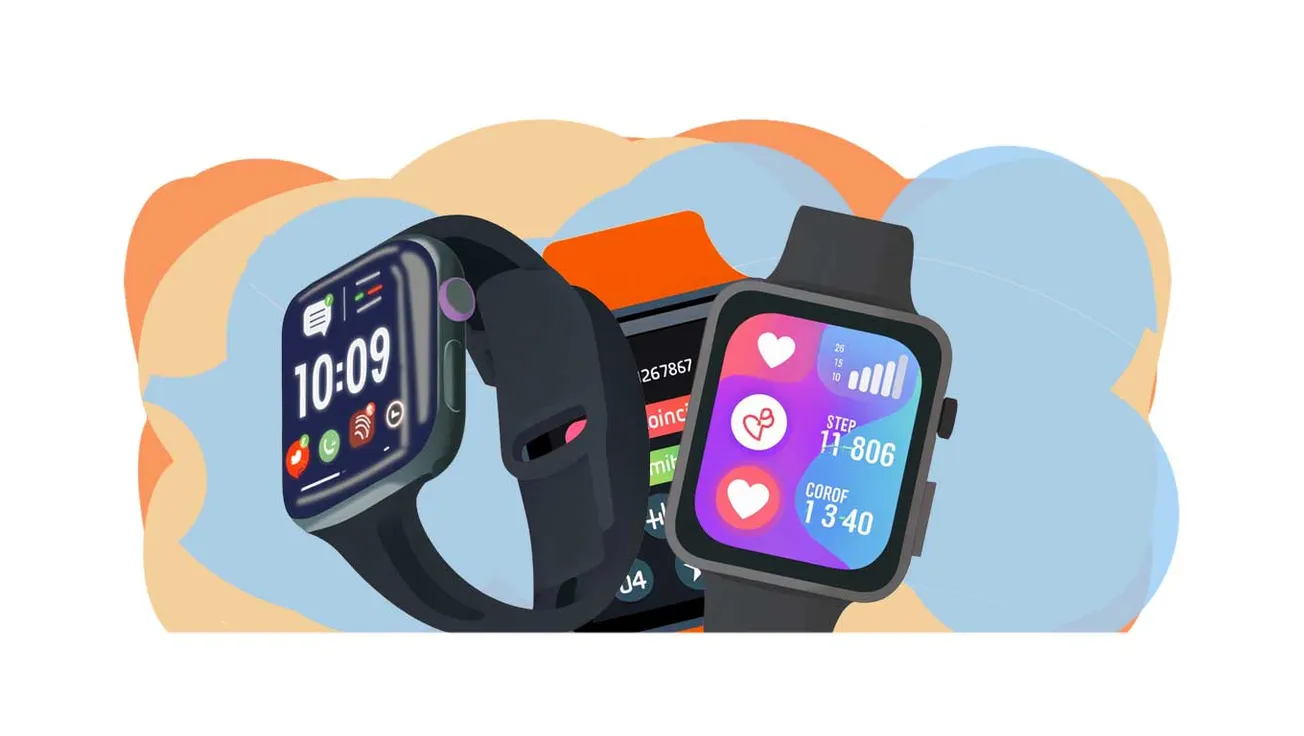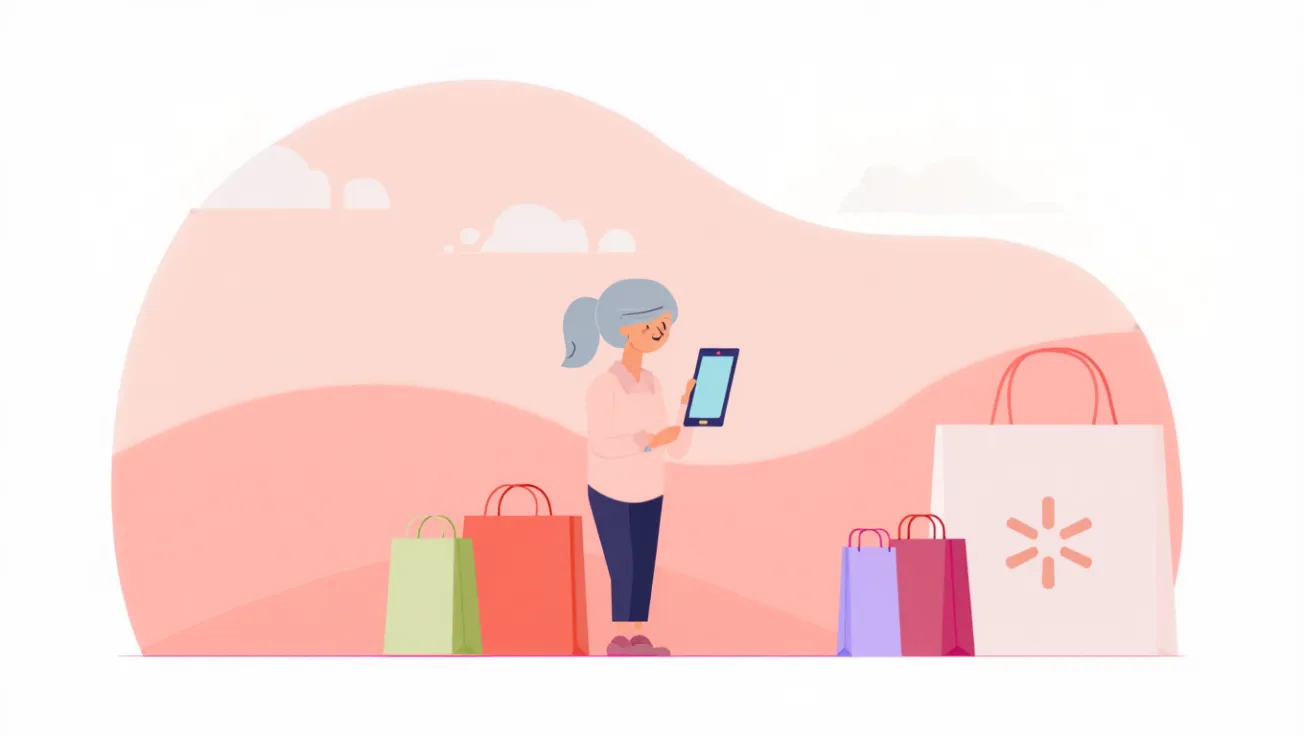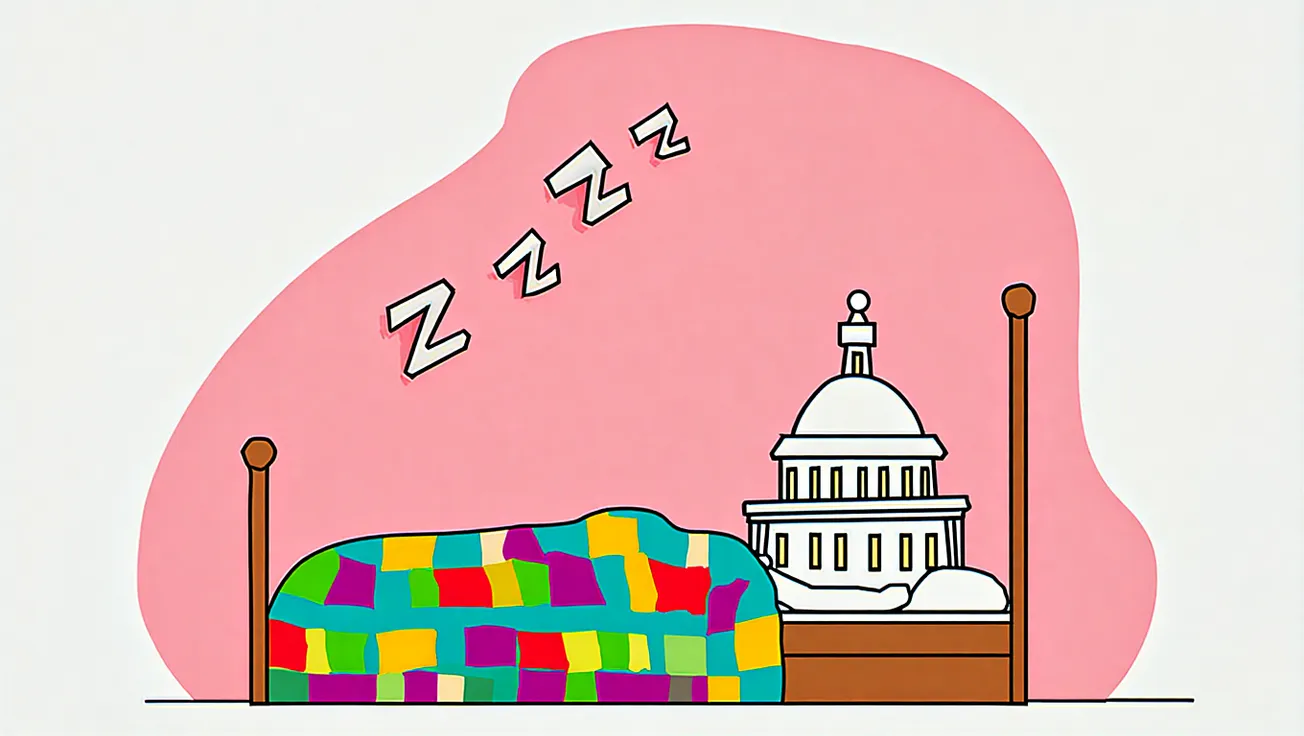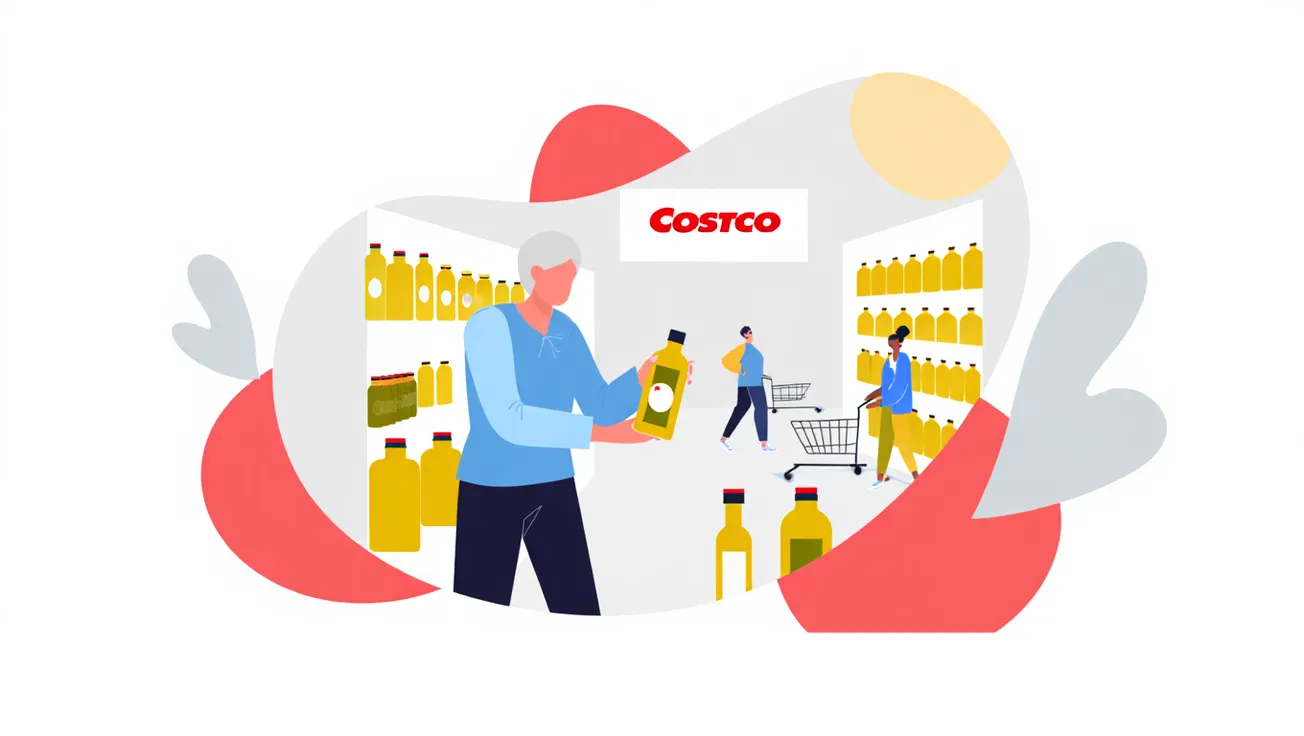The Takeaway
- Telehealth use among older adults surged during the pandemic — and it’s sticking.
- Seniors now search for remote care options, medication reminders, and virtual check-ins.
- Smart-home sensors and devices help detect falls, track routines, and alert caregivers.
- These tools support the desire to age in place safely without constant in-person supervision.
The Story
When 81-year-old Lila’s blood pressure spiked late one evening, her smartwatch pinged an app linked to her doctor’s office. Within minutes, she was on a video call with a nurse who walked her through next steps — without an ER trip.
That’s the new reality for many seniors: medical care and peace of mind delivered not in a clinic, but through a screen or a smart device at home.
The Telehealth Shift
Telehealth became a lifeline during COVID-19, but it hasn’t gone away. Medicare still covers many virtual visits, and providers are expanding online services. For older adults, this means routine checkups without leaving home, specialist access in rural areas, and medication adjustments handled quickly online.
Smart Homes for Safer Living
New systems designed for seniors can detect falls, automate reminders, alert caregivers, and integrate with voice assistants. Even small upgrades, like smart plugs and connected door locks, can make homes safer for older adults living alone.
The Bottom Line
For today’s seniors, health care and home life are becoming more connected — literally. Telehealth keeps the doctor closer, while smart homes make independence safer. Put together, they’re creating a digital safety net that many families have been waiting for.
Disclaimer: This article is for informational purposes only. It is not a substitute for medical, legal, or financial advice.


